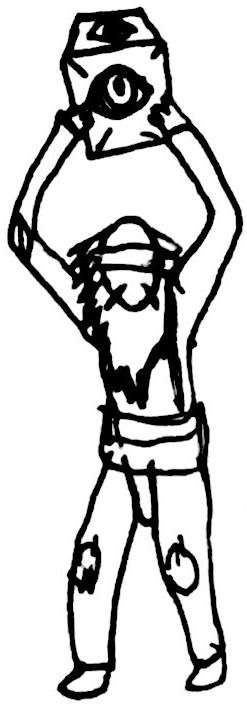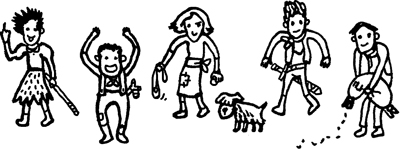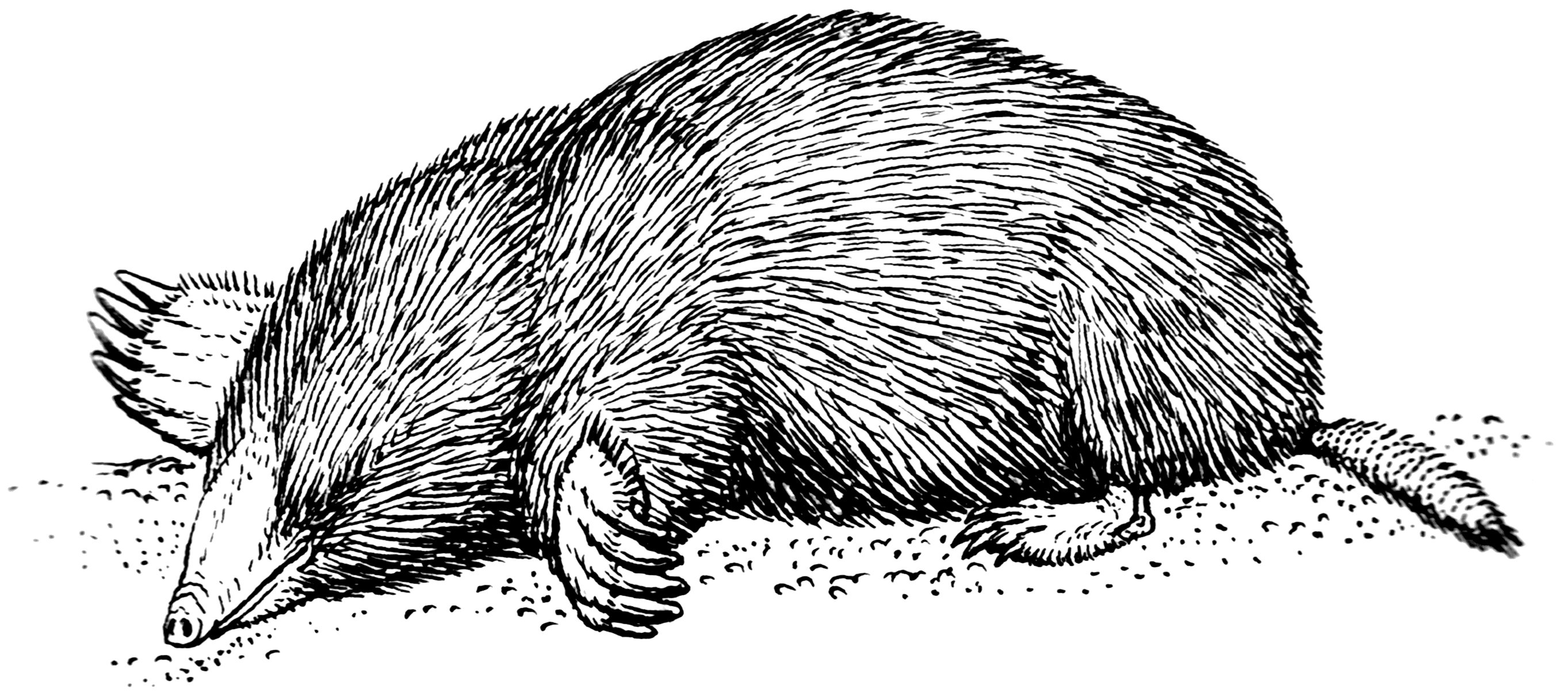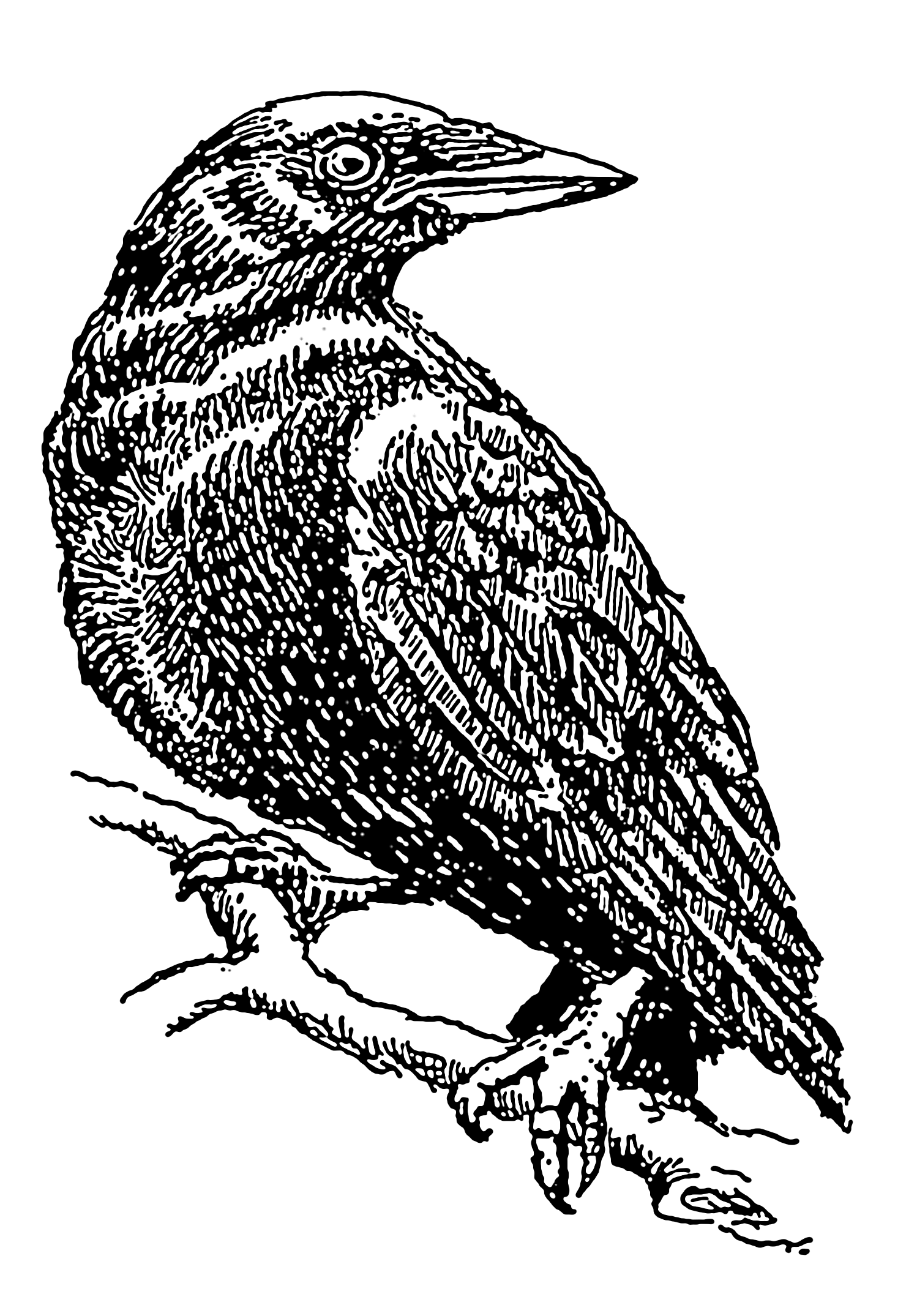-
This Blog Is Dead. Long Live the Blog! (I Moved to Blogger)
Well. This blog is dead. Please unsubscribe from it and subscribe to this one instead.
-
Multiplication is Magic

(Drawing by Evlyn M)
The only people who have ever done magic have been executed by the primary religion or are in hiding and the player characters probably don’t even know about any of them except one or two executed wizards. (No magic classes are available to players.)
If a player character ever starts to use multiplication, they’ll feel an intense surge that resembles drinking too much coffee. If they actually finish a multiplication operation, a spell will be cast.
Now everyone in the party is a wizard, if they’re foolish enough.
Division teleports you and everyone nearby to the Underdark/Veins of the Earth. Division down below casts spells there. Multiplication has no effect in the depths.
Doing square roots collapses the mathematician’s lungs.
Drawing perfect geometric shapes causes supernatural mutations.
Other kinds of math have no effect whatsoever.
Correctly multiplying a negative number by anything grants a wish and sets the apocalypse in motion.
Example: a player character says “4 torches each. There are three of us, so that’s 12 torches.” Now, use a list of spells and randomly choose a spell. I’d probably just use the 12th entry of the wizard section from the short concise list of traditional spells. This means the character would, without warning, cast a 5x10ft cone of flames in whatever direction their palms happen to be exposed to.
Read more… -
Wallet OSR On the Go - Players Roll Under
 (Drawing by Evlyn M)
(Drawing by Evlyn M)Get the RPG here. It’s all in one column so you can print it double-side and fold the sheet in half. Write notes on the rest of the sheet. It’s 200 words long and was written for 200 Word RPG Challenge. (Some rules to convert all rolls to roll-under stolen from Arnold’s GLOG. I had lots of help from Nickoten and bits of help from various others. )
Read more… -
3D6 In Order

3d6 in order. That’s it. Stop! I know. That’s crazy. I’ll explain why after I describe some benefits of some of the modern alternatives.
Read more… -
Black Soots

You might have noticed that most of my monsters are Ghibli-esque. That’s on purpose. I think that sort of monster suits OSR play very well and is highly adaptable to styles and ages of play. This one is much more directly inspired.
Black soots usually only occur in groups of 3d6+10 or more.
Black soots are sprites. The average black soot is the size of a lemon. They’re fuzzy, hairy balls with stick-like limbs that extend, retract, and hold objects, eyes, and mouths that are only noticeable when they’re expressing emotion or eating. They float in the air in the general direction they want to go in, but cannot float with precision. A black soot can lift about 1/4th the weight that an average adult human can each and can push and pull things just as easily. They cannot speak any language but their own which sounds like low squeaks.
At the moment at which great physical harm might occur, they become a spot of black, powdery soot until they feel safe, often fooling their would-be killer into believing they’ve successfully killed them. (Do this when a PC successfully removes their HP.) They can be alchemically destroyed or used in the creation of magical objects, potions, and whatnot. This ability lends them a certain lack of fear - they rarely run from danger, though they will flee hard work if they don’t see an opportunity to not do it.
They’re stupid. They will obey simple commands if intimidated or impressed but like small, mostly harmless bits of mischief when left to their own devices. Their emotions show very easily.
Read more… -
Minor Adjustment for Minor Physical Differences
 (Lovely drawings by Evlyn M)
(Lovely drawings by Evlyn M)Your player wants their character to be short. What do you do? Do you force them to be a halfling? Do you make some special adjustments to another class to allow for short people? Nah.
One of the best things about the OSR is the lack of a need for rules minutia.
Read more… -
Aureks

Aureks are good “attack-the-sheet” creatures. They don’t want to hurt players. They just want to eat their clothing, especially leather.
Aureks are shy, rotund, eyeless, golden moles who swim through the earth with paddle-like paws as if the dirt was made of thick water. They move at a speed faster than an average human walks but slower than a run. The largest is the size of a large man’s hand. Their triangular teeth cut like sawtooth scissors.
Their thin coat of hair glisters, catching the eyes of those who lust after gold and helping them to blend into treasure hoards, which they sometimes use as homes, building structures made of clay or a combination of mud and a lattice of sticks (called wattle and daub.)
Aureks are blind. When an Aurek puts its head to the ground, it can hear the words you speak and detect the rate at which you’re breathing if other noises aren’t too distracting. It can detect your general direction if it has its feet touching the same ground that you cause to vibrate when you move. It can sense the shape of you if it has its head to the ground and you move within 100 feet of it, if other vibrations and sounds aren’t creating too much noise.
Aureks consider leather a delicacy but will eat nearly any fabric. They stalk any who possess such “food” except when they await their prey in hiding.
They have no particular interest in hurting any living creature except the worms and small insects they have to eat whenever fabric and leather aren’t available. They prefer to mind their own business but are always ready to trade services, goods, and information once a conversation is started. They only ever speak in a nearly silent whisper and will gesture a request for those they wish to speak with to move close enough to hear them.
Its fur coat may be used as an ingredient in items that employ vibratory amplification.
Read more… -
Rules for Curses, Disease, and Other Effects Unknown to Players

A player character is carrying around a mask that grants the ability to become invisible at will, so long as it is worn. Unfortunately, the mask also gradually causes her to believe she is a member of an ancient humanoid bird race. How do you reveal this information to the player without spoiling the suspense, reducing the fun, and removing her ability to cleverly solve the problem? (This example is from the the Maze of the Blue Medusa campaign I’m running.)
Read more… -
Engineer Class

Engineers are crafters of all things non-magical. Some are smiths, some carpenters, some architects, some leatherworkers. They’re always on the watch for useful things that don’t necessarily seem useful, and for things to deconstruct for their wonderful bits.
Read more… -
Dwarf Class
Dwarves are incredibly rare, at least to anyone else’s knowledge. They’re hidden away in the privacy of their mountain, digging deeper, expanding in any direction they can. They’re learning what’s below, negotiating with it, killing it, defending against it, walling it off.
Dwarves are not warlike, but little appeals to them more than a well-crafted weapon infused with purpose and capability - except a machine of great utility. Utility to whom? It doesn’t matter. If the craftsmanship is good, it will work to great efficiency and purpose. If it works, it’s good. If it’s good, it’s worth keeping. Things that are worth keeping are best kept hidden away, behind a trapped lock in a warded room guarded by an army, if they’re not being used.
Read more…
Houses Are People


Old school roleplay musings